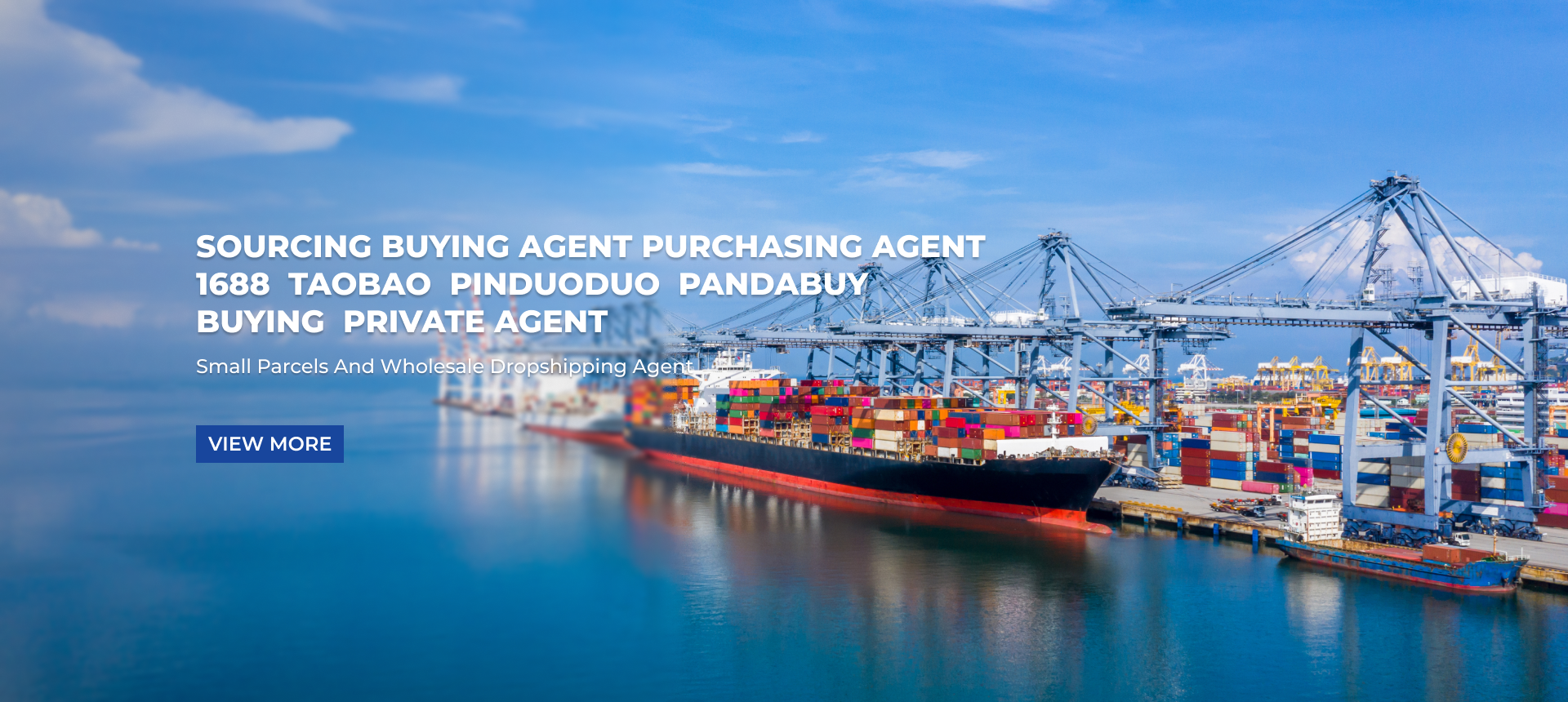효율적인 FCL 운송 방식으로 글로벌 공급망 간소화하기
국제 무역의 복잡한 환경 속에서 기업들은 지속적으로 물류를 최적화하고 비용을 절감할 방법을 모색하고 있습니다. 중요한 요소 중 하나는 FCL 운송 전략을 개선하여 상품이 전 세계로 정시에 안전하고 비용 효율적으로 배송되도록 보장하는 것입니다. 전 컨테이너 적재(Full Container Load)는 Fcl 선박 )은(는) 여전히 많은 기업들이 대량 화물을 운송할 때 선호하는 방식입니다. 기업들은 어떻게 이 방법을 활용하여 글로벌 배송 프로세스를 개선하고 경쟁 우위를 점할 수 있을까요? FCL 운송(FCL Shipping)의 효율화 기법을 탐구함으로써 효율적인 개선을 이끌어내고 글로벌 비즈니스 성장을 지원할 수 있습니다.
최적의 컨테이너 활용을 위한 계획 수립
정확한 예측 및 수요 계획 수립
유효한 Fcl 선박 컨테이너 적재 이전부터 시작됩니다. 수요와 화물량에 대한 정확한 예측은 공간 낭비나 비용이 많이 드는 급한 조치를 피하는 데 필수적입니다. 예측을 통해 화주들은 적절한 수의 컨테이너를 예약하고 전략적으로 노선을 계획할 수 있습니다.
예측이 FCL 운송 결과를 개선하는 데 어떤 도움이 될까요? 화물량을 정확히 예측하면 비용 효율성이 떨어지는 부분 적재를 피할 수 있습니다. 적절한 계획을 통해 컨테이너를 완전히 활용함으로써 단위당 운송 비용을 절감하고 운송의 환경적 영향도 줄일 수 있습니다.
회사 네트워크 내에서의 선적 통합
회사 네트워크 내 여러 지점 또는 생산 현장에서 나가는 선적을 통합함으로써 컨테이너 사용률을 극대화할 수 있습니다. 내부적으로 선적을 통합하면 개별 현장에서 소량의 화물을 보내더라도 컨테이너 전체를 활용한 운송이 가능해집니다.
FCL 운송 최적화를 위해 내부 선적 통합이 중요한 이유는 무엇인가요? 선적 빈도를 줄이고, 운송 관련 비용을 절감하며, 통관 절차를 보다 원활하게 만듭니다. 컨테이너 적재율이 높아질수록 운임 요금이 개선되고, 개별 선적 비용이 절감됩니다.
적절한 파트너 및 선적 노선 선택
경험이 풍부한 포워더 선택
글로벌 FCL 운송의 복잡성을 해결하기 위해서는 전문 지식을 갖춘 화물 포워더와 협력하는 것이 매우 중요합니다. 경험 많은 업체는 노선 최적화, 규정 준수 지원 및 비용 절감 기회를 제공할 수 있습니다.
전문 포워더가 FCL 운송 효율성에 미치는 영향은 무엇인가요? 전문 포워더는 서류 처리를 정확히 관리하고, 최적의 화물 경로를 선택하며, 경쟁력 있는 운임을 확보함으로써 지연을 방지하는 데 도움을 줍니다. 이들의 전문성은 관세 및 국제 규정과 관련된 위험을 줄여줍니다.
신속성과 신뢰성을 위한 화물 경로 평가
올바른 화물 경로 선택은 배송 시간과 비용에 상당한 영향을 미칩니다. 가장 짧은 경로가 항상 가장 신뢰할 수 있는 것은 아닐 수 있으며, 교통 혼잡 또는 항구 운영의 비효율성으로 인해 다른 문제가 발생할 수 있습니다.
기업이 운송 경로를 선정할 때 고려해야 할 사항은 무엇인가요? 속도, 비용, 신뢰성 간 균형을 맞추는 것이 중요합니다. 대체 경로나 환적지 선택은 운송 시간이 약간 더 걸릴지라도 일정의 일관성을 높여 공급망의 신뢰성을 개선할 수 있습니다.

컨테이너 적재 및 포장 기술 개선
컨테이너 내 공간 활용 극대화
효율적인 포장 전략은 FCL 운송의 비용 효율성에 직접적인 영향을 미칩니다. 적절한 적재, 표준 팔레트 사용 및 최적화된 포장 치수를 통해 컨테이너 공간을 극대화할 수 있습니다.
왜 공간 활용이 중요한가요? 더 나은 공간 사용은 필요한 총 컨테이너 수를 줄이고 운임 비용을 절감합니다. 또한 화물의 이동을 최소화함으로써 보다 안전한 운송에 기여합니다.
보호를 위한 첨단 포장 소재 활용
포장 소재의 품질은 운송 중인 화물의 안전성에 영향을 미칩니다. 습기 방지 필름, 충격 흡수 패딩 및 견고한 나무 상자는 손상으로부터 화물을 보호할 수 있습니다.
포장 선택이 FCL 운송 성공과 어떤 관련이 있나요? 잘 보호된 화물은 손상으로 인한 클레임과 지연을 줄입니다. 우수한 포장은 화물의 완전성을 유지함으로써 신속한 통관 검사를 가능하게 합니다.
모니터링 및 커뮤니케이션을 위한 기술 활용
컨테이너용 실시간 추적 시스템
GPS 추적 및 IoT 센서와 같은 기술을 도입하면 FCL 운송 화물의 이동 전반에 걸쳐 가시성을 높일 수 있습니다.
추적이 가져오는 장점은 무엇인가요? 실시간 업데이트를 통해 지연 상황에 능동적으로 대응하고, 경로 변경 결정을 내리며 고객에게 정확한 도착 예측 정보를 제공할 수 있습니다. 이러한 투명성은 공급망 회복력을 강화합니다.
디지털 문서화 및 자동화 프로세스
운송 서류의 디지털화는 오류를 줄이고 통관 절차를 가속화합니다. 자동화 시스템은 화주, 운송사 및 규제 기관 간 데이터 교환을 효율적으로 만들어 줍니다.
디지털 문서화가 FCL 운송에 어떤 영향을 미치나요? 자동화를 통해 행정 비용을 줄이고 서류 문제로 인한 비용이 큰 지연 위험을 최소화할 수 있습니다. 빠른 처리는 배송 시간을 단축시키고 전반적인 효율성을 향상시킵니다.
위험 관리 및 규정 준수 효과적으로 수행하기
국제 해운 규정 준수하기
국제 해상 위험물 (IMDG) 규약이나 관세 요구 사항과 같은 규정을 준수하는 것은 원활한 FCL 운송에 필수적입니다.
규제 준수 는 왜 필수적 인가? 이를 지키지 않으면 컨테이너를 억류하거나 벌금을 부과하거나 화물을 압수할 수 있습니다. 세계적 운송법과 최신 상태를 유지하면 장애를 방지하고 신뢰할 수있는 배달을 지원합니다.
위험 평가 및 보험 보장
날씨 장애, 항만 파업, 도둑질 등의 잠재적 위험을 파악하면 기업이 재난을 계획할 수 있습니다. 적절한 보험 보장 은 예기치 않은 사건 에 대한 투자 를 보호 합니다.
어떻게 위험 관리 전략이 FCL 선박을 개선합니까? 그들은 재정적 위험을 최소화하고 불리한 상황에서도 사업의 연속성을 유지하도록 돕습니다. 잘 구성된 보험 보험은 선박 순환 내내 마음의 안정을 제공합니다.
운송 후 프로세스 최적화
효율적인 통관 및 문서 처리
선적 이후 효율성은 원활한 통관 절차에 달려 있습니다. 사전 통관 절차 및 정확한 서류 준비는 도착 시 지연을 줄이는 데 도움이 됩니다.
FCL 운송 전반에서 통관 절차는 어떤 역할을 하나요? 통관 속도를 높이면 화물에 더 빠르게 접근할 수 있고, 항구에서의 창고 보관 비용 또는 지체 요금을 절감할 수 있습니다.
마지막 구간 배송 및 창고 운영의 조율
항만, 창고, 최종 배송지 간 효과적인 조율은 신속한 하역 및 분배를 보장합니다.
마지막 구간 조율이 중요한 이유는 무엇인가요? 운송 일정 유지 및 고객 만족도 향상을 통해 물류 체인을 완성합니다. 적절한 조율은 병목 현상을 방지하고 재고 회전율을 개선합니다.
데이터 분석을 통한 지속적 개선
운송 성과 지표 분석
운송 시간, 손상률, 컨테이너당 비용과 같은 주요 성과 지표(KPI)를 정기적으로 검토하여 개선이 필요한 영역을 파악합니다.
데이터 분석이 FCL 운송 최적화에 어떻게 기여합니까? 운송업체 선정, 포장 또는 노선 조정과 관련된 결정을 내리는 데 도움을 주며 비효율성을 파악할 수 있습니다.
시장 변화에 따라 전략 조정
글로벌 무역은 규제 변화, 연료 비용, 수요 변동 등으로 인해 역동적입니다. FCL 운송 전략을 유연하게 조정하면 경쟁력을 유지할 수 있습니다.
글로벌 운송에서 적응력이 중요한 이유는 무엇입니까? 시장 동향에 대응함으로써 기업은 기회를 포착하고 위험을 효과적으로 완화할 수 있습니다.
자주 묻는 질문
FCL 운송을 최적화할 때 어떤 요소를 우선시해야 합니까?
컨테이너 활용도, 신뢰할 수 있는 파트너 선정, 국제 규정 준수를 우선시해야 합니다. 각 요소는 비용 절감, 정시 납품, 화물 안전에 기여합니다.
기술이 FCL 운송 관리 개선에 도움이 될 수 있습니까?
네, 실시간 추적 및 디지털 문서화와 같은 기술은 프로세스를 간소화하고 가시성을 개선하며 오류를 줄여 FCL 운송을 보다 효율적으로 만듭니다.
기업은 서비스 품질을 저하시키지 않고 FCL 운송 비용을 어떻게 절감할 수 있습니까?
포장 최적화, 내부적으로 화물 통합, 비용 효율적인 노선 선택은 배송 신뢰성과 화물 보호를 유지하면서 비용을 절감하는 데 도움이 됩니다.
FCL 운송은 모든 유형의 화물 및 화물 크기에 적합합니까?
FCL 운송은 전체 컨테이너를 효율적으로 채울 수 있는 대량 화물에 이상적입니다. 소량의 화물의 경우 LCL이 더 경제적일 수 있지만, FCL은 대량 화물에 대해 더 높은 통제성과 보안성을 제공합니다.



